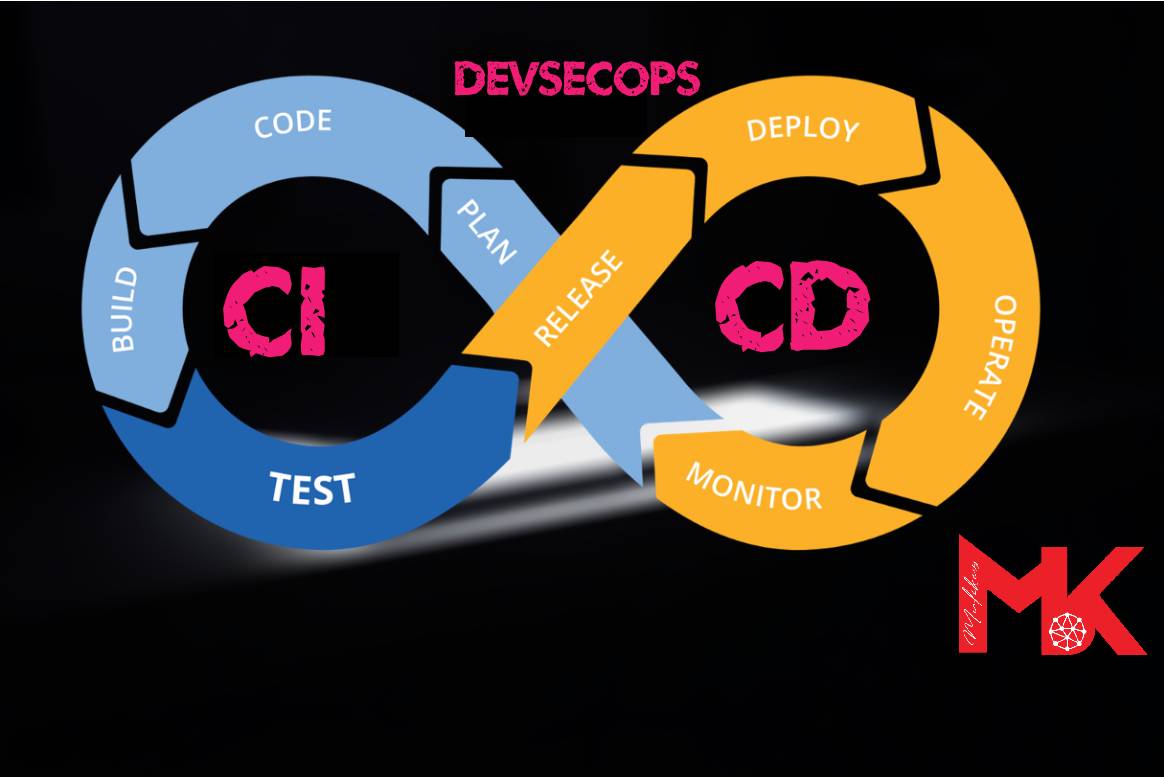Continuous Integration and Continuous Delivery (CI/CD) Pipelines
CI/CD
Continuous Integration and Continuous Delivery (CI/CD) pipelines have revolutionized the software development process, offering a streamlined and automated workflow from code to production. In this comprehensive guide, we will explore the world of CI/CD pipelines, diving into their definition, benefits, commonly used technologies, implementation process, and best practices. Let's embark on a journey to understand how CI/CD pipelines are reshaping the software development landscape.
What Are CI/CD Pipelines?
CI/CD pipelines are automated workflows that facilitate the building, testing, and deployment of software from source code to production. Their purpose is to enable teams to release software more frequently, reliably, and with reduced risk. They accomplish this by integrating Continuous Integration (CI) and Continuous Deployment (CD) practices.
Benefits of CI/CD Pipelines
CI/CD pipelines offer numerous benefits that transform the way software is developed and delivered:
- Increased Software Quality: CI/CD pipelines automate testing, enabling the early detection and rectification of bugs and errors before they reach production.
- Reduced Time to Market: The automation of the entire deployment process allows teams to release software more frequently, resulting in reduced time to market.
- Improved Collaboration and Communication: CI/CD fosters collaboration among team members, facilitating the sharing of work and feedback exchange.
- Enhanced Reliability and Stability: By catching and addressing issues early in development, CI/CD pipelines contribute to the reliability and stability of software.
- Cost Reduction: The automation of development and delivery processes reduces the time and effort spent on manual tasks, leading to cost savings.
- Improved Security: Automation of security testing helps identify and fix security vulnerabilities in the early stages of development.
Commonly Used Technologies in CI/CD Pipelines
Several key technologies play pivotal roles in the functioning of CI/CD pipelines:
- Version Control Systems: Git and Mercurial are used to track changes to source code, allowing for effective collaboration among developers.
- Build Tools: Tools like Maven and Gradle compile and package source code into executable artifacts.
- Test Automation Frameworks: Frameworks such as JUnit and Selenium are employed for automating the testing process, ensuring the software functions as expected.
- Containerization Technologies: Docker and Kubernetes package and deploy software in containers, promoting consistency and portability.
- Infrastructure as Code (IaC) Tools: IaC tools like Terraform and Ansible automate the provisioning and configuration of infrastructure.
- CI/CD Servers: Jenkins, CircleCI, GitHub Actions, and others are used to orchestrate the CI/CD pipeline, making it more manageable and efficient.
How CI/CD Pipelines Are Used
CI/CD pipelines automate critical stages of the software development and delivery process, namely:
- Building: The build stage compiles and packages the source code into executable artifacts.
- Testing: Automated tests are run to verify that the software functions as expected.
- Deployment: The deployment stage moves the software to production or staging environments.
CI/CD pipelines can be set to trigger automatically whenever changes are made to the source code, ensuring continuous integration and deployment, and swift identification of issues.
Best Practices for CI/CD Pipelines
Successful CI/CD pipeline implementation relies on adhering to best practices:
- Start Small and Scale Up: Begin by automating key stages of development and delivery, gradually expanding your CI/CD pipeline to minimize disruption.
- Use Version Control: Employ a version control system to track changes and enable easy rollbacks when issues arise.
- Automate Your Tests: Automate your tests to maintain software quality and reliability.
- CI/CD Server Integration: Utilize a CI/CD server to orchestrate the pipeline, enhancing management and maintenance.
- Monitoring and Maintenance: Regularly monitor your CI/CD pipeline to identify and resolve issues early in the process.
Conclusion
CI/CD pipelines have become essential tools for modern software development, offering a pathway to more efficient, reliable, and rapid software delivery. By embracing the right technologies and adhering to best practices, development teams can build a resilient and automated pipeline that revolutionizes the software development and delivery process. Stay updated on the evolving landscape of CI/CD pipelines, as continuous advancements and new tools continue to reshape the industry.
Continuous Integration and Continuous Delivery (CI/CD) Pipelines
 "Continuous integration and continuous delivery, when done correctly, provide a streamlined pathway from the idea to delivering value to the customer." - Gene Kim
"Continuous integration and continuous delivery, when done correctly, provide a streamlined pathway from the idea to delivering value to the customer." - Gene Kim
October 27, 2023

